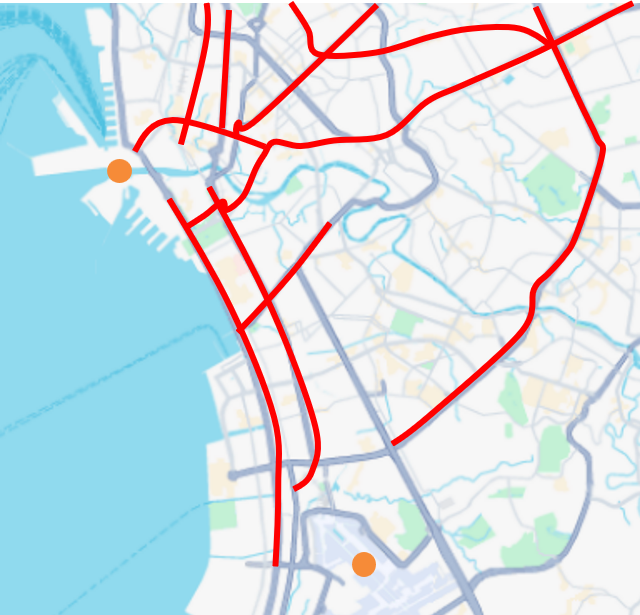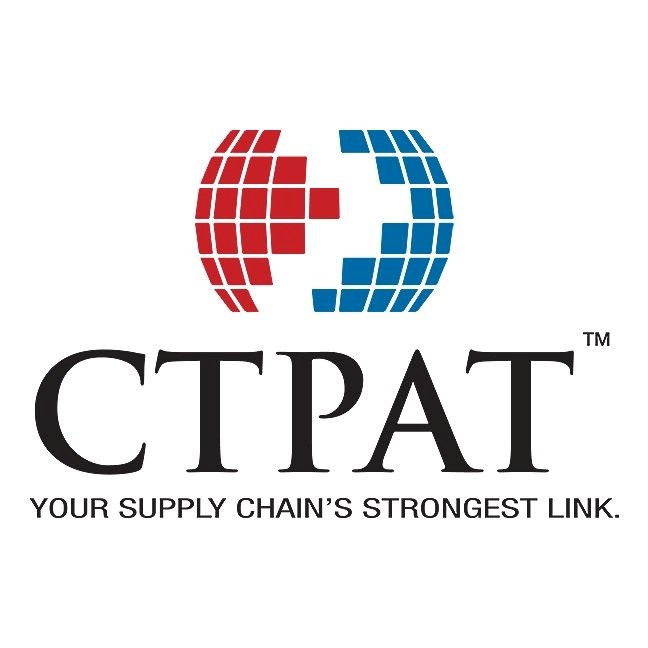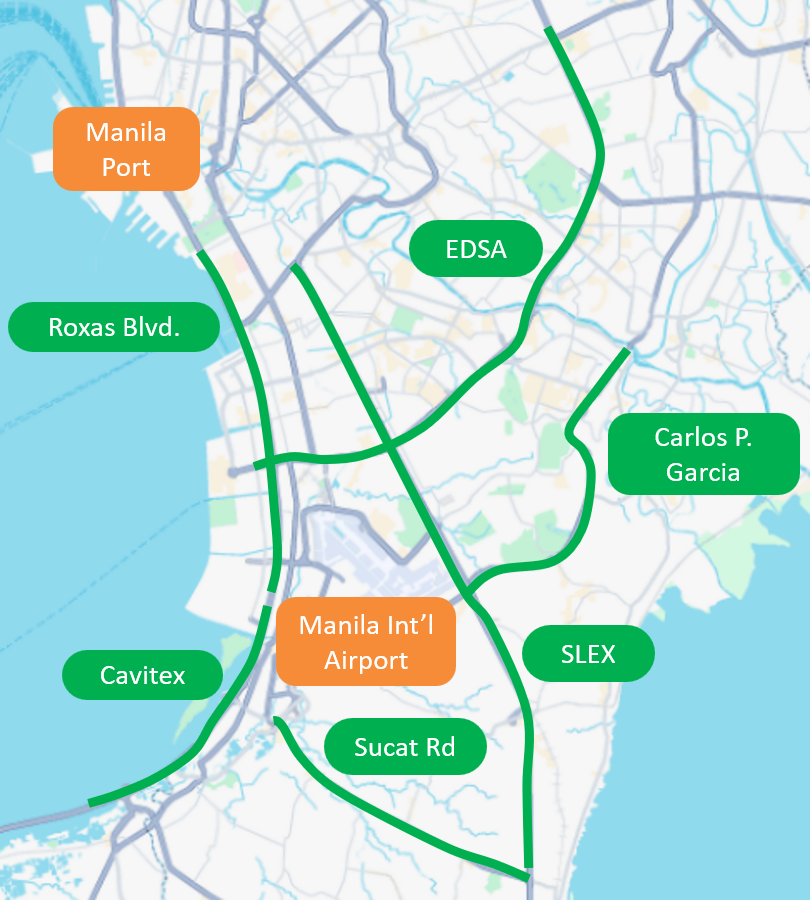Trade between the Philippines and the US remains strong, with consistent demand for Filipino-made goods such as electronics, garments, and food products. As global supply chains evolve, shipping from the Philippines to the US continues to play a critical role in meeting consumer needs. In this blog, you will learn how to plan your shipment effectively and stay compliant with both countries.
The Philippines and US Trade
The Philippines and the United States have enjoyed a strong trading relationship for decades, strengthened by the 1989 bilateral Trade and Investment Framework Agreement (TIFA). In 2024 alone, the trade volume between the two countries reached USD 23.5 billion, with US imports from the Philippines amounting to USD 14.2 billion. This highlights the strong demand for Philippine-made goods in the US, such as electronics and machinery. Several food products from the Philippines are also popular exports to the US, including bananas, pineapples, mangoes, and desiccated coconut products such as virgin coconut oil.
Gateways for Shipping from Philippines to the US
The Philippines, the world’s second-largest archipelago, consists of over 7,000 islands. Unlike mainland countries such as Thailand or Vietnam, where cross-border trucking opens up more options, the country relies on a network of ports and airports to support both domestic and international trade, including trade with the US.
Air Freight Shipping from the Philippines to the US: Major Airports
 Ninoy Aquino International Airport (MNL)
Ninoy Aquino International Airport (MNL)
The country’s main international gateway located in Metro Manila. It has four terminals and handles the majority of international and domestic air traffic in the Philippines.
Subic Bay International Airport (SFS)
Located within the Subic Bay Freeport Zone, this airport supports cargo and charter flights. It complements nearby Subic Port operations and offers an alternative air logistics gateway in Northern Luzon.
Clark International Airport (CRK)
Located in Pampanga, north of Manila, this airport serves as a secondary international gateway and logistics hub. It is less congested than MNL and is strategically positioned for access to Northern and Central Luzon.
Cebu International Airport (CEB)
The main air hub for the Visayas region, located on Mactan Island. It serves as a key entry point for both tourists and cargo in central Philippines, with growing international connectivity. Cebu, though an island, is home to many multinational companies. During the pandemic, Dimerco played a vital role in supporting a global manufacturer by ensuring the timely shipment of critical raw materials from Shanghai to Cebu.
Davao International Airport (DVO)
The busiest airport in Mindanao, serving both international and domestic flights. It plays a vital role in connecting Southern Philippines to global markets, especially for agricultural and perishable exports.
Ocean Freight Shipping from the Philippines to the US: Major Seaports
Manila Port
The largest and busiest port in the Philippines, comprising the Manila International Container Terminal (MICT) and South Harbor. It is the central hub for import and export cargo in Luzon.
Subic Port
A modern, deep-sea port in the Subic Bay Freeport Zone. It supports international cargo handling, especially for bulk, containerized, and vehicle shipments, with access to North and Central Luzon.
Batangas Port
An important alternative to the Manila North and South Ports, Batangas Port handles both containerized and bulk cargo. It is strategically located to serve Southern Luzon and helps decongest traffic in Metro Manila.
Port of Cebu
The primary seaport in the Visayas, handling both domestic and international cargo. It serves as a major transshipment hub for inter-island shipping and connects to key Asia-Pacific trade routes.
Davao Port
The main gateway port in Mindanao, Davao Port facilitates both international and domestic trade. It is crucial for the export of agricultural products and serves southern Philippine industries with growing global demand.
Shipping from the Philippines to USA: Weather and Climate
The Philippines experiences frequent typhoons, especially between May and October. These storms can delay shipments and cause logistical challenges, especially in flood-prone or poorly developed areas. When shipping from the Philippines to the US during this period, shippers must ensure cargo is well-protected. Major export commodities shipped from the Philippines to the US that often require additional protection due to their susceptibility to damage include electronic products, automotive wiring harnesses, and precision optical instruments.
Dimerco Philippines offers enhanced packaging options, including waterproof stretch film, buckles, corner posts, and pallet strapping, helping to safeguard your cargo against weather-related damage during transit.

Road Congestion Challenges Near Major Ports in the Philippines
Traffic congestion in city centers, especially on roads leading to the port, is a common issue in the Philippines due to the high volume of vehicles. Poor road conditions further contribute to delays, and these are often made worse during periods of heavy rainfall. To avoid unnecessary hold-ups, it is advisable to schedule cargo deliveries to the port or airport outside peak traffic hours. Congestion is typically heaviest between 5:00 PM and 8:00 PM. Planning deliveries to avoid these times can help ensure smoother and more timely shipments.
 It is also important to note that Metro Manila enforces restrictions on four-wheeled closed van trucks (3,000 kg, 4,000 kg, and 5,000 kg) on certain roads during specific hours to help reduce traffic congestion.
It is also important to note that Metro Manila enforces restrictions on four-wheeled closed van trucks (3,000 kg, 4,000 kg, and 5,000 kg) on certain roads during specific hours to help reduce traffic congestion.
A total truck ban is in place along EDSA, from Magallanes to North Avenue in Quezon City, every day except Sundays and holidays. Learn more about the truck ban ordinance here.
Preparing for Export Shipping from the Philippines to USA
Before shipping from the Philippines to the US, exporters must register via the Bureau of Customs’ (BOC) Client Profile Registration System (CPRS). This applies to both regular and one-time exporters. Key documents typically required include:
- Commercial Invoice
- Packing List
- Bill of Lading or Air Waybill
- Certificate of Origin
- Export Permit or License (if applicable)
Having an experienced freight forwarder, like Dimerco, can guide you to a smooth preparation and compliance throughout the export process. Learn more about the Key International Shipping Documents and Why They Are Important here.
Philippines to US Shipping: Choosing Between Air and Ocean Freight
The right shipping mode depends on the nature of your cargo. Are you in a rush? Is your shipment of high value? Or are you looking for a more economical option and can afford a longer delivery time?
Air Freight
Air freight is ideal for urgent or high-value cargo. When shipping from the Philippines to the US, air freight provides fast transit times, typically 2 to 5 days from airport to airport and around 5 to 8 days for door-to-door delivery. However, due to limited direct passenger flights from the Philippines to the US West Coast and only occasional services to the East Coast, most shipments are routed through major transit hubs such as Singapore, Taipei, Hong Kong, and Seoul. Although air freight can cost up to 10 times more than ocean freight, there are strategies to help lower your international air freight costs. Learn how to reduce international air freight costs here.
Ocean Freight
For less urgent and lower-value cargo, ocean freight is the better option. Shipping from the Philippines to the US via ocean typically takes 21 to 35 days to the West Coast and 28 to 45 days to the East Coast. Door-to-door delivery may take an additional 5 to 10 days. Ocean shipping is far more economical and allows up to 67 CBM of cargo in a 40-foot container. Although ocean shipping already offers lower rates, there are still ways to further optimize your shipping costs. Discover how to reduce your container shipping costs here.
| Factors | Air Freight | Ocean Freight |
|---|---|---|
| Best for | Urgent or high-value cargo | Non-urgent or low value cargo |
| Cost | Premium | Economical |
| Transit Time (Port) | 2 to 5 days |
|
| Transit Time (Door) | 5 to 8 days | Additional 5 to 10 days |
Preparing for Import into the US
Shipping from the Philippines to the US involves not only export procedures but also strict US import compliance. The US imposes a 20 percent reciprocal tariff on Philippine goods, so be prepared for additional costs.
You must use the Harmonized Tariff Schedule (HTS) code, which is the US-specific version of the HS code, to determine the correct duties. Always ensure you classify your products accurately using the HTS to avoid delays and penalties. Stay updated with the latest US tariff update here.
Two key filings must be completed by your freight forwarder as well before cargo arrives at US ports:
- Automated Manifest System (AMS) – Required for all shipments.
- Importer Security Filing (ISF) – Required for ocean freight shipments only.
 For hassle-free customs clearance, consider working with a freight forwarder that is CTPAT-certified. A CTPAT-certified freight forwarder offers faster customs clearance, reduced inspection risk, enhanced cargo security, and greater credibility in global trade. Dimerco USA has held this certification for decades and ensures that every shipment meets US Customs and Border Protection standards.
For hassle-free customs clearance, consider working with a freight forwarder that is CTPAT-certified. A CTPAT-certified freight forwarder offers faster customs clearance, reduced inspection risk, enhanced cargo security, and greater credibility in global trade. Dimerco USA has held this certification for decades and ensures that every shipment meets US Customs and Border Protection standards.
Shipping from the Philippines to the US
Shipping from the Philippines to the US can be complex, but with the right partner it becomes manageable and efficient. A knowledgeable freight forwarder can help you navigate regulations, choose the best route, and avoid costly delays. Looking for a reliable freight forwarder to ship from the Philippines to the US? Start a discussion with us!

